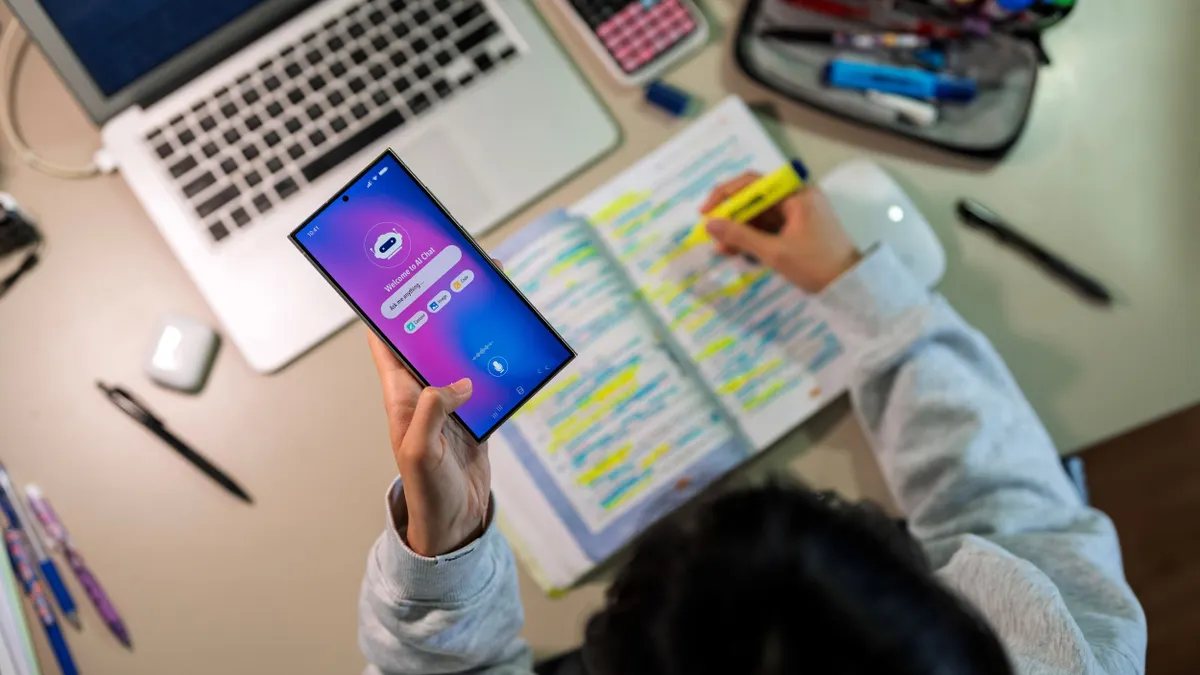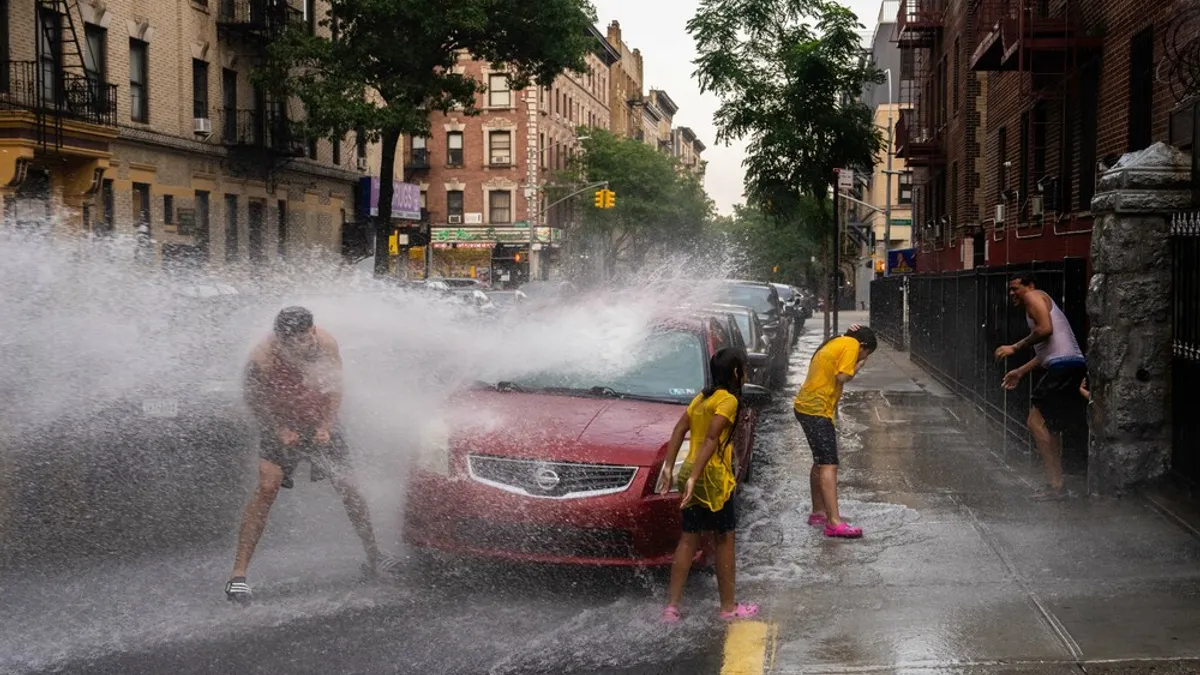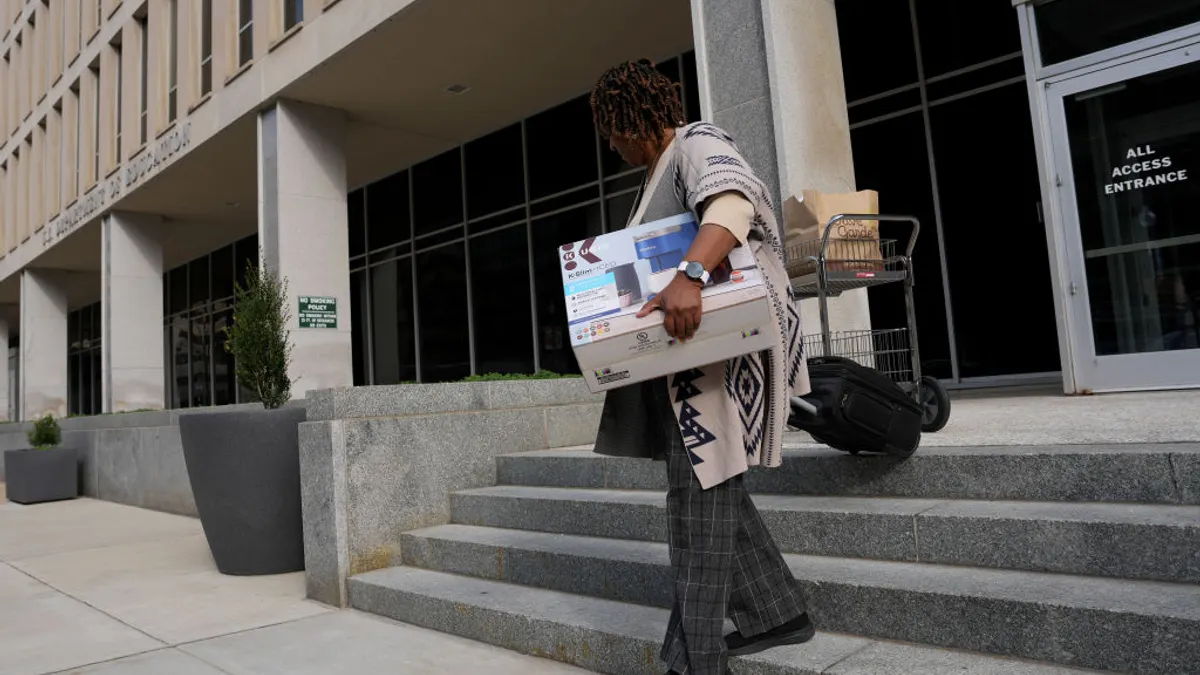Through this summer, the Urban Arts Collective is utilizing hip-hop music and culture in a camp designed to immerse students in learning about architecture. The idea for the camp originates from Michael Ford, a co-founder of the collective who has been studying and promoting the use of hip-hop in architecture education since his graduate study.
So many of the premier movements of architecture were based on cultural touchstones of the accompanying time, Ford said, and through his study he advocates that hip-hop culture is a valuable prism through which to view future architecture breakthroughs, as well as the innovative students who will make them.
“The first thing I do is allow students to explore some popular hip-hop songs and the lyrics of those songs and allow them to see how the artistry is influenced by the environment,” he said. “The artists are basically designing the built environment around them.”
Like Ford, a growing multitude of organizations and advocates are promoting the use of music in the course of STEM education. Educators have increasingly called for music to be incorporated into STEM in recent years, though progress has proceeded in fits and starts. Mika Shino, the executive director of the International Jazz Program at the Thelonious Monk Institute of Jazz, said research suggests music can be successfully utilized to teach math, but there has not been a ground swell of mathematics teachers incorporating music into the classroom.
“Kids are listening to music all the time. It’s not an obligation; it’s something they do for fun,” she said. “It’s making it fun, making it relatable, and not making it totally abstract. There’s always this separation between music taught in schools and music kids listen to.”
Last year, the institute announced MathScienceMusic.org, which is intended to be a resource for teachers to access curriculum that uses music to illustrate STEM skills and concepts. The site launched in April 2016 with a panel hosted by the U.S. Department of Education and hosts resources like the Scratch Jazz project, which teaches students coding via the creation of their own music, or Making Music Count, in which students can use the software program Impromptu to learn about proportionality and counting through hearing it out via composition. The organization is currently developing curricula that can be taken into schools and will be testing pilot programs throughout the coming year, as well as creating a teacher training video, according to Shino.
“We’re working with different school districts to see the best way to introduce this, and one of the first ways they proposed was camps and afterschool programs to test it out,” she said, noting they were working to make the software user-friendly for math teachers who may be intimidated by the prospect of utilizing math as an education tool in the classroom. “Teachers and students can open it up and start playing with it immediately.”
In creating the Hip-Hop Architecture Camps, which are being held in several different cities throughout the summer, Urban Art Collective partnered with Autodesk, a company that designs 3D software. Sarah O’Rourke, Autodesk’s Youth Strategist, said the software utilized in the camps was similarly intuitive for students.
“There’s so much focus on STEM education, but when you bring together the 'A' (for arts), that’s where these STEM disciplines take on a new life for the learner,” she said. “Those are the critical soft skills that kids can take throughout their lives. As we know, those soft skills are becoming increasingly important in a world that’s changing rapidly.”
The camps each run for a week, offering workshops with exploration into the lyrics of songs, including how urban spaces show up within those tracks. Students then create their own projects based upon the anchored inspiration in the songs and culture, while also learning math and music composition concepts as they create their own tracks, studying the rhythmic intricacy and mathematical precision rappers often utilize.
“They explore how you can take lyrics and transform them into something tangible,” he said. “How does repetition, rhythm or beat compare to something physical? So we do graphing assignments in the lyrics.”
Ford said bridging hip-hop with architecture helped instill a feeling of innovation among the students, noting that architecture is not a profession where success often comes at a particularly young age.
“It’s no secret to me that the kids have the pulse of the culture. They’re the validators of the culture and the content generator, which is very different from architecture,” he said. “My hope is that it gives them, in the field of architecture, if they choose to go that route, a way to immediately contribute to the continuance of the profession, and not wait until you’re a seasoned professional.”
He encourages schools to support teachers in being open to new perspectives, because incorporating hip-hop or other popular forms of music into conventional education can flip the dynamic between educator and student, where the latter becomes the “content expert.” He hopes schools and school leaders are increasingly moving into spaces where this is encouraged inside classrooms.
For Shino, the next year stands to be particularly exciting as the institute increasingly builds partnerships with school and district leaders in an attempt to hone the curricula they have developed.
“We didn’t want to have one big curriculum or model for everyone to adhere to, but have different examples of how this could be approached,” she said. “Math and music are both universal languages.”





















